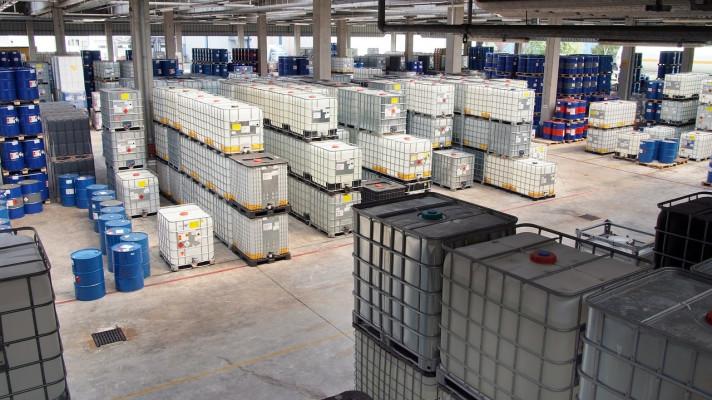NEW YORK - Improved anti-pollution technology will allow General Motors Corp. to continue slashing the amount of costly platinum group metals (PGM) in vehicles over the next four years, the head of metals procurement at the world\'s number one automobile maker said on Wednesday.
GM aims to cut PGM use by 17 percent by 2006
From 1999 to 2001, the company lowered the amount of platinum, palladium and rhodium used in catalytic converters by 45 percent, said David Andres, GM purchasing director for commodity traded metals worldwide.
\"Plans are are in place for further reductions in our PGM use - an additional 17 percent reduction between now and 2006 and we\'re certifying to a higher emissions standard effective 2004,\" Andres said at a seminar hosted by precious metals consultants CPM Group.
Andres said new technology has allowed GM to use less of the metals, which have been subject to extreme price volatility and erratic supplies in recent years.
Russia accounts for around two-thirds of the world\'s palladium production and a fifth of its platinum.
Leading car manufacturers depend on both metals as autocatalysts to extract hydrocarbons and other harmful pollutants from exhausts and complained bitterly in the past of unexplained disruptions in Russian shipments.
The situation deteriorated so badly that GM once dubbed palladium \"unobtainium\" and then swiftly changed its name to \"plentium\".
Ford Motor Company took a $1 billion charge last year on its platinum group metals stockpile after prices slumped.
The automobile sector has been trying to make catalytic converters more efficient to reduce their dependence on the metals and meet increasingly stringent global emission standards.
Based on estimates of supply, cost and the amount of platinum group metals required for the 38 million automobiles subject to low emission vehicle rules globally, Andres said GM engineers are instructed to estimate future loadings of not more than 1.5 grams of platinum, 3.0 grams of palladium and 0.3 gram of rhodium per vehicle.
GM is also working on fuel cells as an alternative to internal combustion engines. Fuel cells now use about 2 ounces of platinum group metals per unit, Andres said.
The company is showcasing its Autonomy fuel cell concept car this year. Andres predicted that fuel cell propulsion would be economically viable by 2010, and by 2020 GM expects fuel cell cars to be affordable with deep market penetration.
But he said \"Price chaos in platinum could well set back development of fuel cells by a decade or more.\"
REUTERS NEWS SERVICE
Sdílet článek na sociálních sítích
